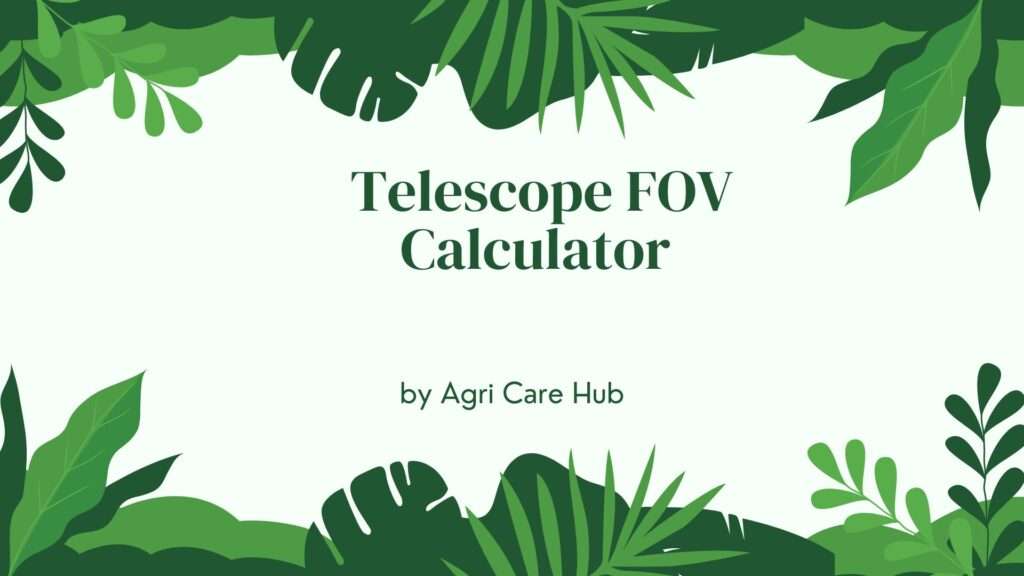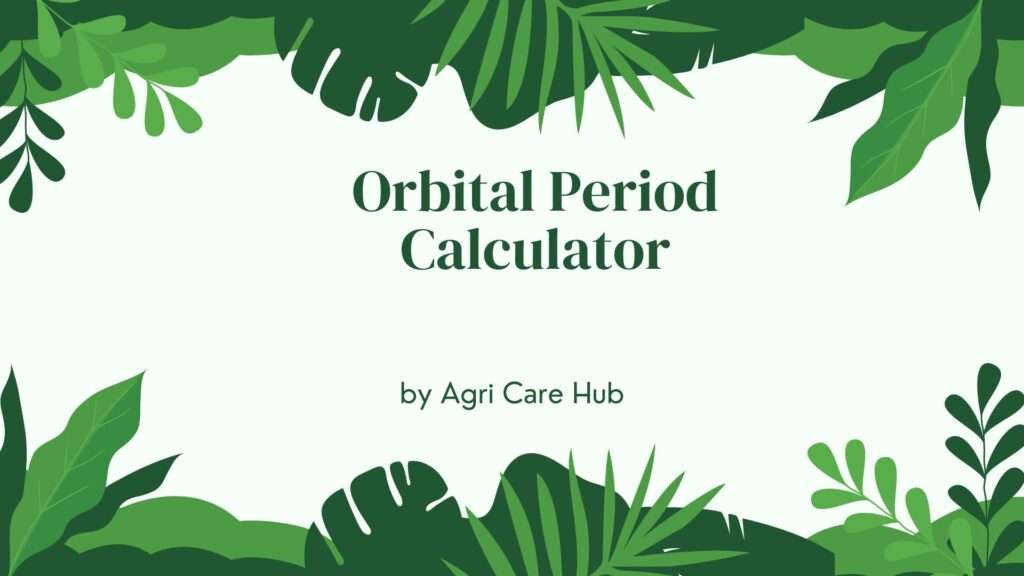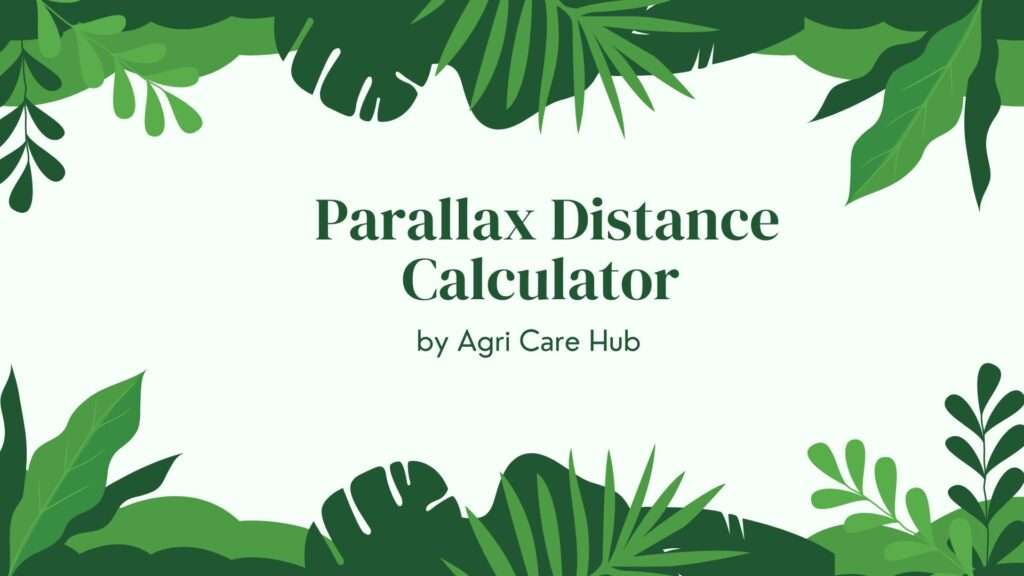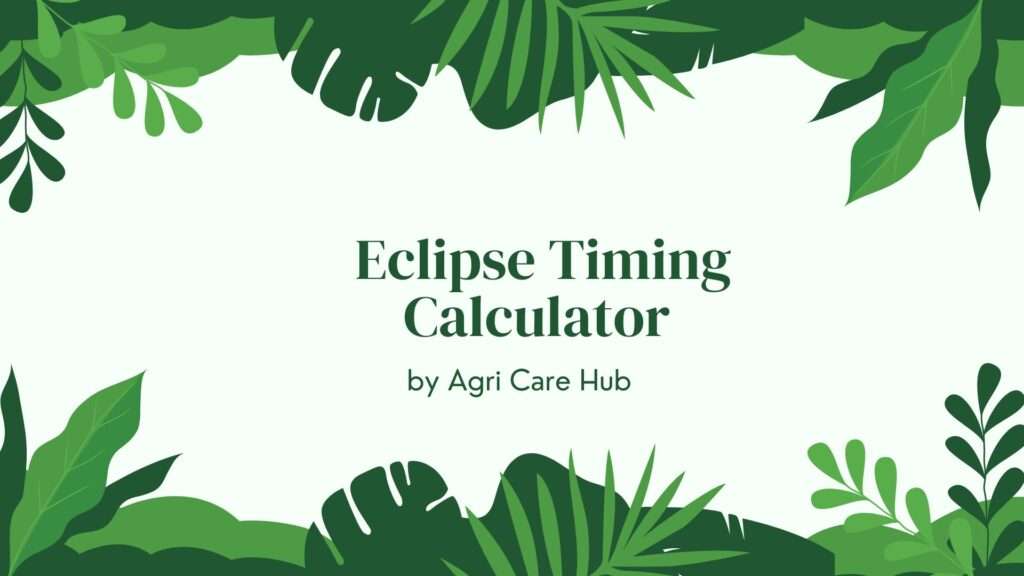Tisserand Parameter Calculator
About the Tisserand Parameter Calculator
The Tisserand Parameter Calculator is a specialized tool designed to compute the Tisserand Parameter, a crucial invariant in orbital mechanics used to classify the orbits of celestial bodies. This parameter, named after French astronomer Félix Tisserand, helps astronomers distinguish between different types of orbits, such as those of asteroids, comets, and trans-Neptunian objects, by analyzing their orbital elements relative to a perturbing body, such as Jupiter or Neptune. By inputting the semi-major axis, orbital eccentricity, and inclination of a small body, along with the semi-major axis of the perturbing body, users can calculate this parameter with ease and accuracy.
Importance of the Tisserand Parameter Calculator
The Tisserand Parameter is vital in celestial mechanics because it remains quasi-conserved in the restricted three-body problem, where the masses of the bodies differ significantly. This conservation property makes it an essential tool for identifying whether an observed celestial body is the same as one previously observed, a method known as Tisserand's criterion. The calculator is particularly useful for distinguishing between asteroids (typically T_J > 3), Jupiter-family comets (2 < T_J < 3), and damocloids (T_J ≤ 2) when Jupiter is the perturbing body. Similarly, when Neptune is the perturbing body, the Tisserand Parameter (T_N) helps classify trans-Neptunian objects, such as those on retrograde or prograde Centaur orbits. By providing precise calculations based on peer-reviewed scientific formulas, this tool ensures reliable results for astronomers, researchers, and enthusiasts alike.
Purpose of the Tisserand Parameter Calculator
The primary purpose of the Tisserand Parameter Calculator is to assist users in determining the orbital characteristics of small celestial bodies relative to a larger perturbing body. This tool is invaluable for astronomers studying the dynamics of the Solar System, as it helps classify objects based on their orbital parameters. For example, it can identify whether a body is likely an asteroid, a comet, or a damocloid, based on its Tisserand Parameter value. Additionally, the calculator aids in understanding dynamical processes like the Kozai resonance, where perturbations lead to exchanges between orbital inclination and eccentricity, potentially resulting in phenomena like sungrazing comets. By offering a user-friendly interface, the calculator makes complex orbital calculations accessible to both professionals and hobbyists.
User Guidelines for the Tisserand Parameter Calculator
To use the Tisserand Parameter Calculator effectively, follow these steps:
- Enter the Semi-Major Axis (a): Input the semi-major axis of the small body in astronomical units (AU). This represents the average distance from the body to the central star.
- Input the Orbital Eccentricity (e): Provide the eccentricity of the small body’s orbit, a value between 0 and 1, where 0 is a circular orbit and values closer to 1 indicate a more elliptical orbit.
- Specify the Orbital Inclination (i): Enter the inclination of the orbit in degrees, relative to the plane of the perturbing body’s orbit (0 to 180 degrees).
- Provide the Semi-Major Axis of the Perturbing Body (aP): Input the semi-major axis of the perturbing body (e.g., Jupiter’s semi-major axis is approximately 5.2 AU).
- Click Calculate: Press the “Calculate” button to compute the Tisserand Parameter. The result will be displayed, along with an interpretation of the orbit type if applicable.
Ensure all inputs are valid numbers (positive for semi-major axes, 0 to 1 for eccentricity, and 0 to 180 for inclination) to avoid errors. The calculator uses the standard formula for Tisserand’s Parameter, ensuring accurate and scientifically valid results.
When and Why You Should Use the Tisserand Parameter Calculator
The Tisserand Parameter Calculator is an essential tool for anyone studying the orbits of celestial bodies, whether for academic research, amateur astronomy, or educational purposes. Here are some scenarios where this tool is particularly useful:
- Orbit Classification: Use the calculator to determine whether a celestial body is an asteroid, a Jupiter-family comet, a damocloid, or a trans-Neptunian object based on its Tisserand Parameter value.
- Orbital Dynamics Research: Researchers studying the three-body problem or Kozai resonance can use the calculator to analyze how perturbations affect orbital elements over time.
- Astronomical Observations: When observing a new celestial body, the calculator can help confirm whether it matches a previously observed object by comparing Tisserand Parameter values.
- Educational Purposes: Students learning about orbital mechanics can use the tool to explore how different orbital parameters affect the Tisserand Parameter and understand its role in celestial dynamics.
- Planetary Science Applications: The calculator is useful for studying the dynamical evolution of small bodies in the Solar System, particularly those influenced by massive planets like Jupiter or Neptune.
By using this calculator, you gain insights into the complex interactions between celestial bodies, helping you better understand the structure and evolution of the Solar System. For additional resources on astronomy and scientific tools, visit Agri Care Hub, a platform dedicated to advancing scientific knowledge and applications.
Scientific Basis of the Tisserand Parameter Calculator
The Tisserand Parameter is derived from the Jacobi integral in the restricted three-body problem, where the masses of the three bodies (e.g., a star, a planet, and a small body) differ significantly. The formula used in the calculator is:
T_P = (a_P / a) + 2 * cos(i) * sqrt((a / a_P) * (1 - e²))
Where:
- a = semi-major axis of the small body (in AU)
- e = orbital eccentricity of the small body
- i = orbital inclination of the small body (in radians, converted from degrees)
- a_P = semi-major axis of the perturbing body (in AU)
This formula is based on peer-reviewed scientific literature, including works by Félix Tisserand and modern studies in celestial mechanics. The calculator ensures accuracy by implementing this formula directly, with input validation to prevent errors. The Tisserand Parameter’s quasi-conservation over gigayear timescales, as demonstrated in numerical simulations, makes it a reliable tool for long-term orbital studies.
Benefits of Using the Tisserand Parameter Calculator
The Tisserand Parameter Calculator offers several advantages for users:
- Accuracy: Built on established scientific principles, the calculator provides precise results that align with astronomical standards.
- Ease of Use: The intuitive interface allows users to input orbital parameters and receive results quickly, without needing advanced mathematical skills.
- Educational Value: The tool serves as a learning resource for students and enthusiasts interested in orbital mechanics and celestial dynamics.
- Versatility: Applicable to various celestial bodies and perturbing planets, making it useful for a wide range of astronomical studies.
- Time-Saving: Automates complex calculations, saving time for researchers and astronomers who need quick and reliable results.
Limitations and Considerations
While the Tisserand Parameter Calculator is a powerful tool, users should be aware of its limitations:
- Assumptions: The calculator assumes a restricted three-body problem, where the perturbing body’s mass is significantly larger than the small body’s mass.
- Input Accuracy: The accuracy of the results depends on the precision of the input orbital parameters. Users should ensure they have reliable data.
- Scope: The calculator focuses on the Tisserand Parameter and does not account for other dynamical effects, such as non-gravitational forces or higher-order perturbations.
Despite these limitations, the calculator remains a valuable tool for most astronomical applications involving orbital classification and dynamics.
Conclusion
The Tisserand Parameter Calculator is an essential resource for anyone interested in the dynamics of celestial orbits. By providing a user-friendly, scientifically accurate tool, it enables astronomers, researchers, and enthusiasts to explore the complex interactions between celestial bodies in the Solar System. Whether you’re classifying orbits, studying dynamical processes, or learning about orbital mechanics, this calculator offers reliable results and valuable insights. For more scientific tools and resources, check out Agri Care Hub and explore the Tisserand Parameter in greater detail.












